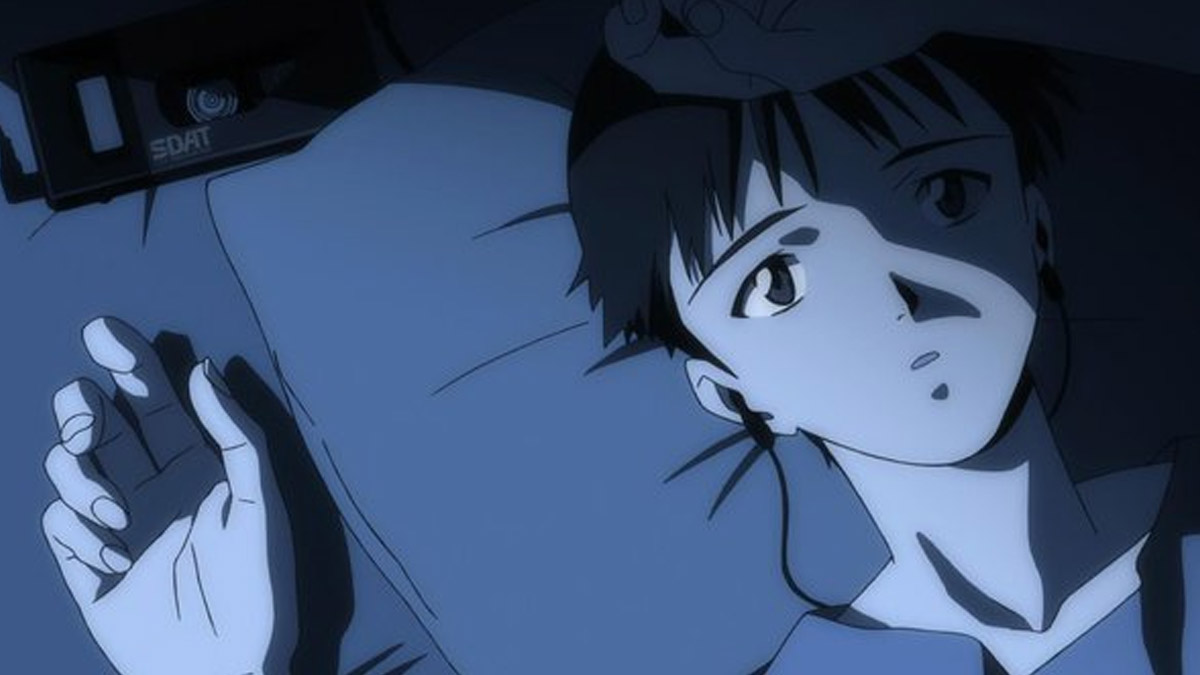
Anime, a distinctive form of Japanese animation characterized by its vibrant art style and diverse storytelling, has rapidly gained global popularity, particularly among adolescents. This animated genre, with its exaggerated characters and fantastical worlds, has captured the imaginations of millions of young people worldwide. However, the influence of anime on adolescent mental health is multifaceted, encompassing both positive and negative effects. This article explores how anime impacts young people’s mental health and identity, highlighting both its potential benefits and the risks associated with its obsession.
Table of Content:-
The Global Reach of Anime
Anime's journey from Japan to global prominence is a testament to its wide appeal. Initially a niche genre, anime began to spread across Asia and beyond in the late 20th century. Countries like Malaysia, Singapore, and Hong Kong have embraced anime, integrating it into their popular culture. In Malaysia, anime gained traction in the 1980s, with Japanese TV shows becoming a staple of local television. Similarly, Singapore's anime culture has been robust since the 1960s, though the traditional broadcast has seen a decline, with digital media taking its place. Hong Kong, having hosted one of the first anime exhibitions outside Japan, reflects anime’s significant role in the region’s cultural landscape. The anime fan base in these countries mirrors that of Japan, demonstrating anime's widespread impact.
Anime and Body Image Issues
While anime's appeal is undeniable, its portrayal of characters can have adverse effects on body image. Anime characters are often depicted with exaggerated features, including impossibly small waists and oversized eyes. Such representations can distort perceptions of body ideals among young viewers. Research indicates that exposure to media portrayals of unrealistic body types can contribute to body dissatisfaction and eating disorders. In anime, characters frequently embody an unrealistic standard of beauty, which may lead adolescents to develop unhealthy body image ideals.

Many anime characters, particularly those targeted at younger audiences, are depicted with minimal body diversity. This lack of representation can reinforce narrow standards of beauty, leaving viewers who do not fit these ideals feeling inadequate. The disconnect between anime characters' idealized forms and real-life body types can exacerbate feelings of insecurity and lead to detrimental behaviours aimed at achieving these unattainable standards.
Anime's Role in Challenging Gender Norms
On a more positive note, anime has the potential to challenge and expand traditional gender norms. By depicting characters with fluid gender identities and diverse expressions of gender, anime can offer young people a broader perspective on gender roles. This representation can be particularly empowering for those who do not conform to traditional gender binaries, providing them with a sense of acceptance and validation.
Also Read: 10 Disney Characters You Never Realised Suffered From Mental Disorders
However, the portrayal of gender in anime is not without its complications. Some anime series reinforce stereotypical gender roles, often presenting female characters in a sexualized or subordinate manner. This can perpetuate harmful stereotypes and contribute to the over-sexualization of young women, affecting their self-esteem and mental health. The complexity of anime’s impact on gender norms underscores the need for critical engagement with the media young people consume.
The Impact of Anime Obsession
The obsession with anime can have both beneficial and detrimental effects on mental health. For many adolescents, anime offers a sense of belonging and a means of escape from real-world challenges. Engaging with anime communities can provide social support and a shared identity, which can be beneficial for mental well-being. Subcultures like anime fandoms can foster a sense of community and acceptance, helping individuals connect with others who share similar interests.
Conversely, excessive involvement in anime fandoms can also lead to negative mental health outcomes. The stigmatisation of anime fans, particularly in societies where anime is viewed as a niche or less reputable interest, can contribute to feelings of isolation and low self-esteem. Research has shown that the negative reputation associated with certain subcultures, including anime, can increase the risk of mental health issues such as depression, anxiety, and social withdrawal.
Navigating the Impact of Anime on Mental Health
To mitigate the negative impacts of anime on adolescent mental health, several strategies can be employed. Promoting media literacy is crucial, enabling young people to critically engage with the content they consume. Understanding that anime characters often represent idealized and unrealistic standards can help viewers maintain a healthy perspective on body image and self-worth.
Also Read: 10 Movie And TV Characters That Accurately Portray Mental Illnesses
Encouraging diverse and realistic portrayals in anime can also contribute to more positive outcomes. By featuring a wider range of body types, gender identities, and life experiences, anime can offer more inclusive and empowering representations. Media producers and consumers alike can advocate for content that promotes body positivity and challenges harmful stereotypes.
Bottomline
In conclusion, while anime holds significant cultural and emotional value for many adolescents, it is essential to be aware of its potential impacts on mental health. By fostering critical engagement and promoting positive representations, both the creators of anime and its viewers can work towards ensuring that this popular medium supports rather than undermines adolescent well-being.
How we keep this article up to date:
We work with experts and keep a close eye on the latest in health and wellness. Whenever there is a new research or helpful information, we update our articles with accurate and useful advice.
Current Version